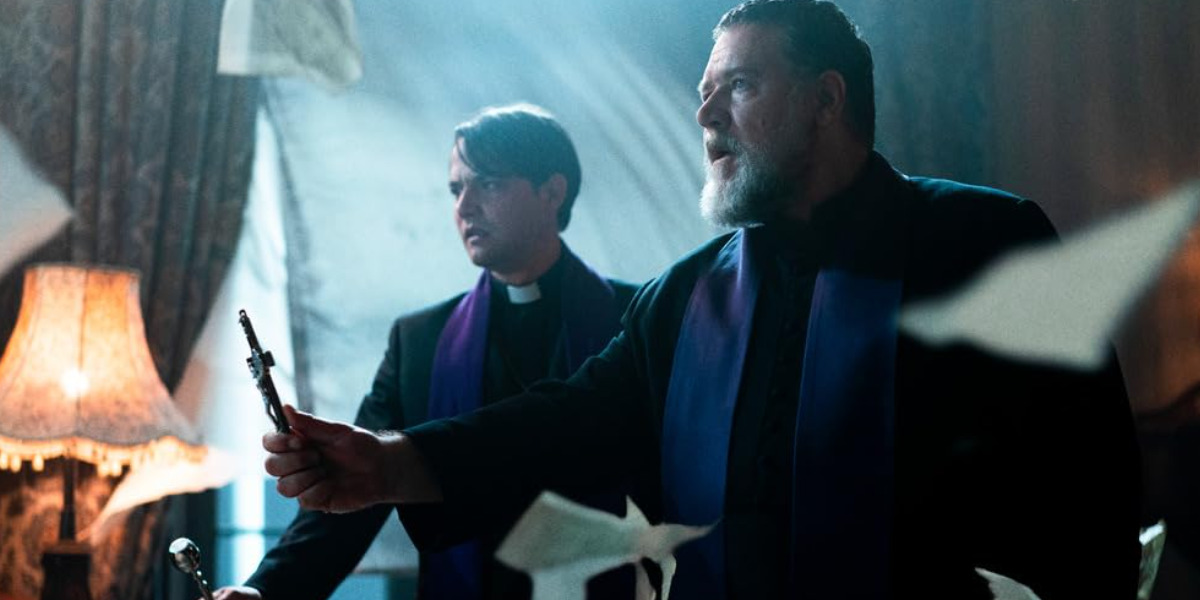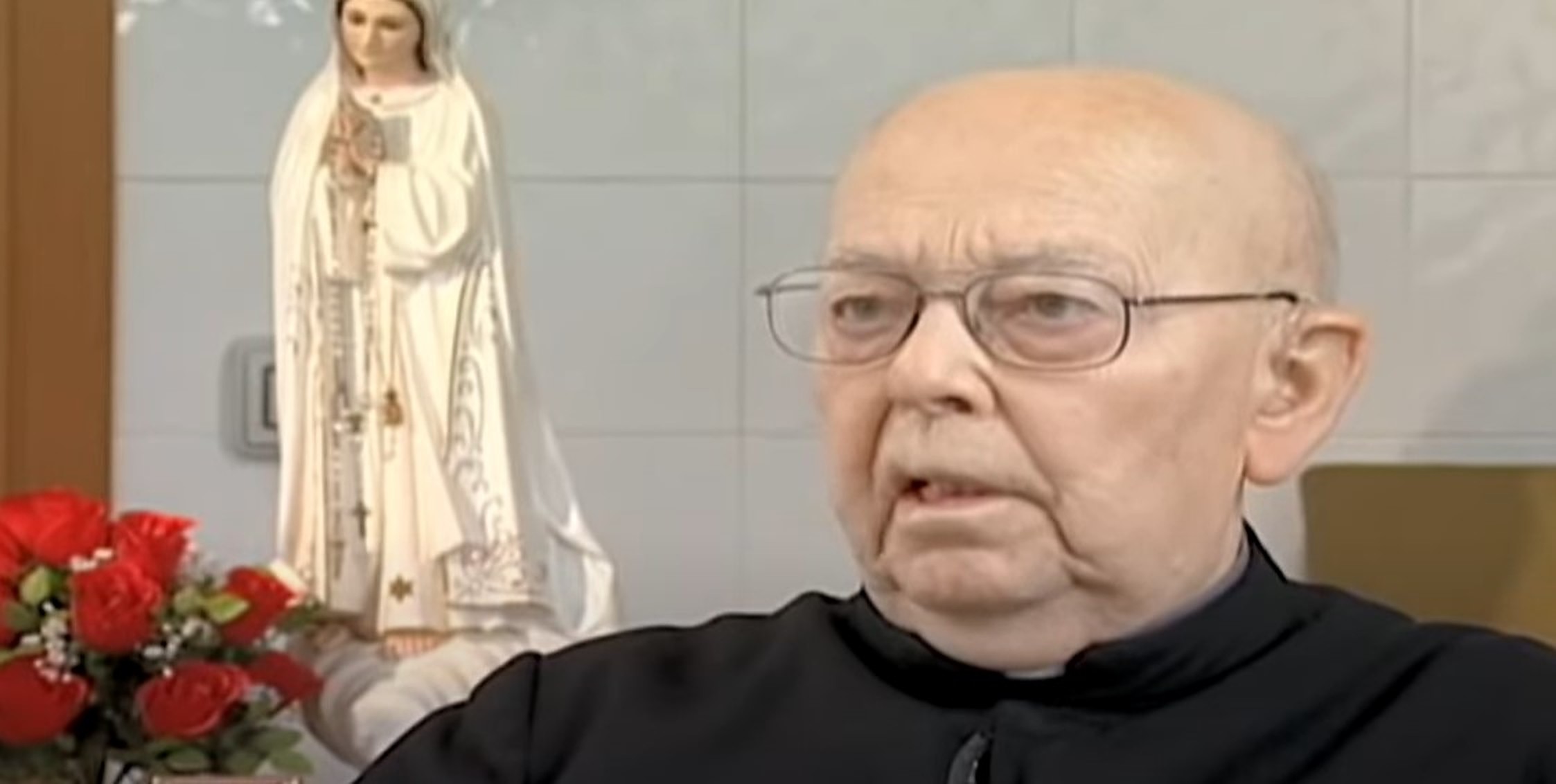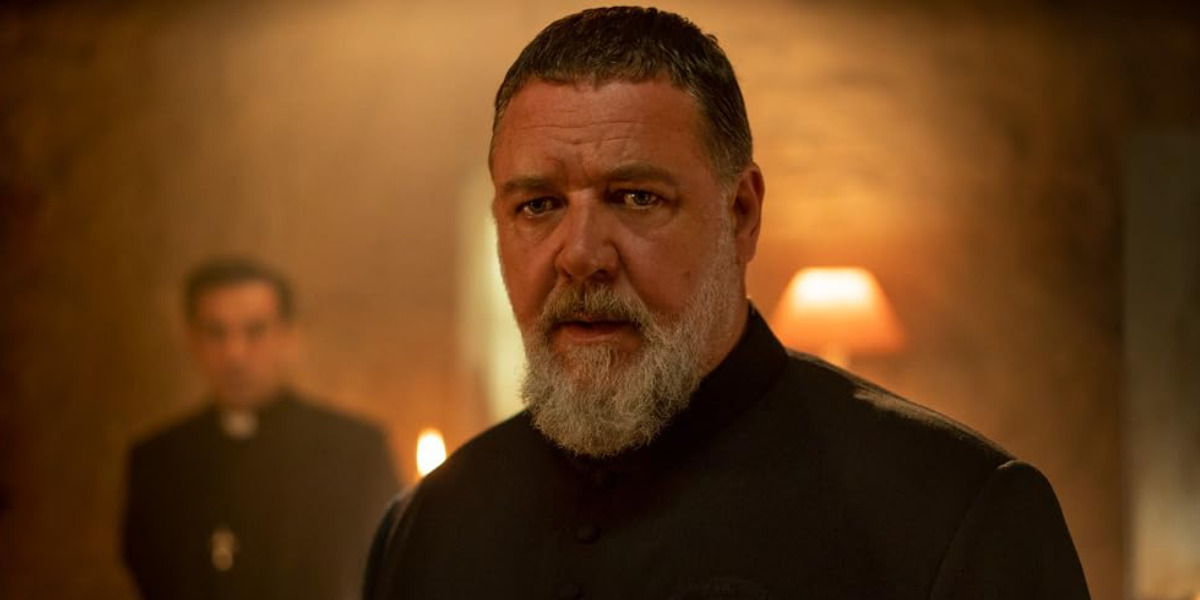‘The Pope’s Exorcist’ is a horror thriller film that charts the journey of the Vatican’s Chief Exorcist, Father Gabriele Amorth. After Julia Vasquez inherits her late husband’s family estate, San Sebastian Abbey, she moves to Spain from America with her two kids, Amy and Henry. However, the mansion holds deep secrets that lead to young Henry getting possessed by a menacing demonic spirit. When all else fails, the Pope sends his trusted exorcist, Gabriele, to investigate the situation. Gabriele looks into the case with another local priest, Tomás Esquibel, and conspiracies of the past start to come out into the open.
As an exorcism film, the narrative heavily focuses on Christianity, utilizing Gabriele and Esquibel’s characters to give the viewers an insight into the story’s religious aspects. Therefore, given the film’s historical nature, viewers must be curious to know if these characters are actual historical figures with a basis in real-life priests. If so, here is everything you need to know about the origin of Gabriele Amorth and Tomás Esquibel. SPOILERS AHEAD.
Father Gabriele Amorth and Tomás Esquibel Are Based on Real Priests
Father Gabriele Amorth is based on a real priest. ‘The Pope’s Exorcist’ is based on the 1990 book ‘An Exorcist Tells His Story’ and the 1992 novel ‘An Exorcist: More Stories’ written by the real-life famous Italian exorcist Gabriele Amorth. As depicted in the film, he spent years of his life as an exorcist at the Vatican, from 1986 when he was appointed as an assistant to a former renowned exorcist in Rome.

After learning everything from his superior, Amorth set out on his own journey and, by his own admission, “performed over 50,000 exorcisms” in his career before he died in 2016. However, only a few out of the thousands of allegedly possessed patients that he attended to were actually deemed to be under demonic possession by the exorcist. Meanwhile, the rest were dealing with mental illnesses like epilepsy, schizophrenia, and such. This aspect of his life is also accurately depicted within the film, alongside the exorcist’s emphasis on seeking medical clearance before resorting to exorcisms.
As such, it’s fair to assume most of the character traits represented within Russell Crowe’s performance of Gabriele Amorth in the film have a basis in his real-life counterpart. To ensure the same, Crowe also researched Amorth’s life profoundly and developed a genuine fascination for the man. While discussing the same in an interview with Collider, the actor said, “I began to believe in Father Amorth through reading about his life experiences. So by extension, if he’s written it down in a book, he didn’t make it up. So, there it is.”

Alternatively, the film’s more fantastical elements, like Gabriele’s central confrontation with Asmodeus, the demon king of hell, do not have a basis in any real-life case that Amorth worked on. Nonetheless, his on-screen counterpart was well-researched and employed his unwavering faith and sense of humor as the base foundations for his character. Therefore, even though the film possesses some inconsistencies within its portrayal of Father Gabriele Amorth, its lead character is entirely based on an eponymous real priest.
As for Father Tomás Esquibel, Gabriele’s sidekick throughout the film, he is not based on a real priest. The film only takes partial inspiration from Amorth’s real-life accounts of his adventures and fictionalizes most of its fantastical storyline revolving around demons incarnate. Therefore, most characters except Gabriele don’t have a real-life counterpart. According to Amorth, real-life exorcisms typically require another priest and a group nearby to assist the exorcist with the prayers.
As such, Esquibel’s character fulfills the dual priest condition and sticks to Gabriele’s side for the entirety of the movie. His loyalty to Gabriele and their easy camaraderie humanizes Gabriele’s character further and helps the audience connect with him. Nevertheless, unlike Gabriele Amorth, Tomás Esquibel does not have a basis in reality. Instead, he’s a fictional character created by the film’s writers, including screenwriters Michael Petroni and Evan Spiliotopoulos.
Read More: The Pope’s Exorcist Ending, Explained


You must be logged in to post a comment.